For some species, small jumps in temperature make a big difference in survival. To predict which populations are at risk, ecologists developed a new way to map shifts in population in relation to temperature change, and tested it on bumblebees.
The news for many of these fuzzy-buzzy pollination balls across the western hemisphere isn’t great. Putting aside any damage we’re causing through wanton use of pesticides, rising temperatures alone could easily see them vanish within our lifetime.
Insects in general are dropping like flies around the globe, much to the horror of ecologists. In just the past 35 years the abundance of invertebrates in the wild has decreased by 45 percent.
While the reasons are no doubt varied, we don’t have to look very far for a primary cause behind most of them.
“We know that this crisis is entirely driven by human activities,” says ecologist Peter Soroye from the University of Ottawa in Canada.
“So, to stop this, we needed to develop tools that tell us where and why these extinctions will occur.”
Pointing to climate change as an automatic doomsday scenario for wildlife isn’t always accurate. Some environments previously out of bounds for a species could open up with rising temperatures, for example, as food blossoms or predators dwindle.
Calculating the potential for future colonisation versus likelihood of extinction requires a close look at how that species has coped with temperature fluctuations across an area in previous years.
Working with fellow University of Ottawa researcher Jeremy Kerr and University College London ecologist Tim Newbold, Soroye used historical records of 66 bumblebee species across North America and Europe as a test case for predicting how higher temperatures could affect a population’s dynamics.
Choosing bees as a starting point makes a lot of sense. Many plant species rely on them to reproduce, so without them we’re looking at a serious change in the greenery of our environment and food sources.
“Bumblebees are the best pollinators we have in wild landscapes and the most effective pollinators for crops like tomato, squash, and berries,” says Soroye.
Breaking down the distributions of the bumblebee species within units of 100 square kilometres (about 40 square miles) during a baseline period of 1901 to 1974, and then comparing those areas in a more recent period of 2000 to 2014, the team calculated changes in the richness of each species.
They found the chances any one bumblebee population might stick around between the two periods in Europe dropped by 17 percent. For North America, that decline was a massive 46 percent.
Exactly how temperatures make or break bumblebee survival isn’t clear, but the team did find a possible clue in the fact most decline was in areas that had also become significantly drier.
Admittedly, areas previously too cold or dry for bees were found to become accessible, which means the news isn’t universally terrible.
But on balance, such rare wins won’t be enough to save many of them.
“If declines continue at this pace, many of these species could vanish forever within a few decades,” says Soroye.
It’s a stark warning that’s become almost daily news. While there’s debate over whether we’re technically in the midst of a six major extinction event, quibbling over where to draw the line doesn’t change how dire the situation is looking.
Each lost species in a given area is like removing a single block from an ecological Jenga tower. And for many ecosystems around the world, bumblebees occupy a precarious place right down the bottom of a swaying stack.
If that tower falls, it will leave many communities without key agricultural resources they rely on to survive.
Mapping tools such as this one could be just the thing we need to focus efforts on preserving what we can, while we still have time. And not just for bees, either.
By applying it to other species, including threatened plants, we can prioritise conservation programs that have the best chance at success, or look like they need urgent attention.
“With a predictive tool like this, we hope to identify areas where conservation actions would be critical to stopping declines,” says Soroye.

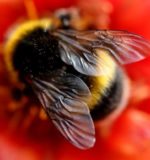
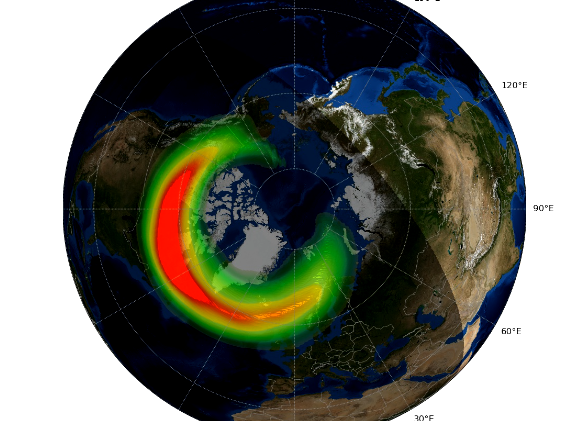

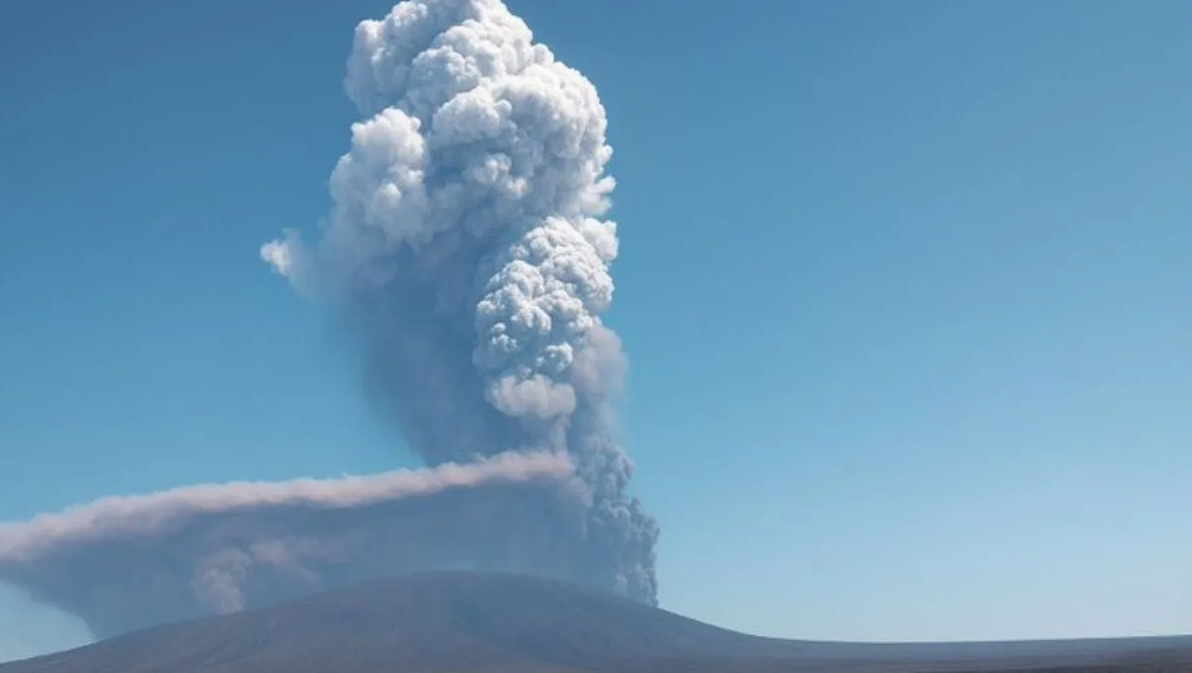
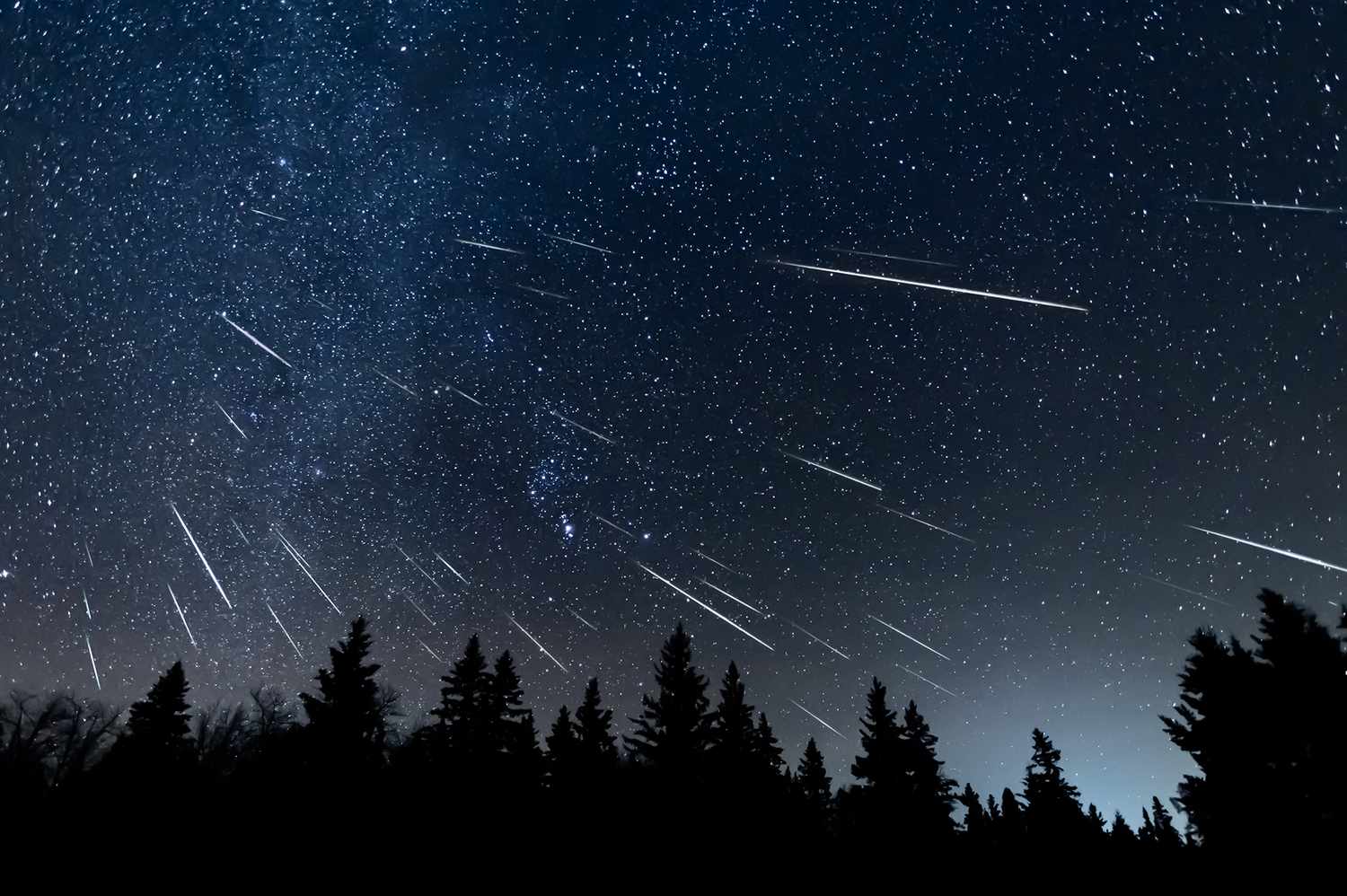
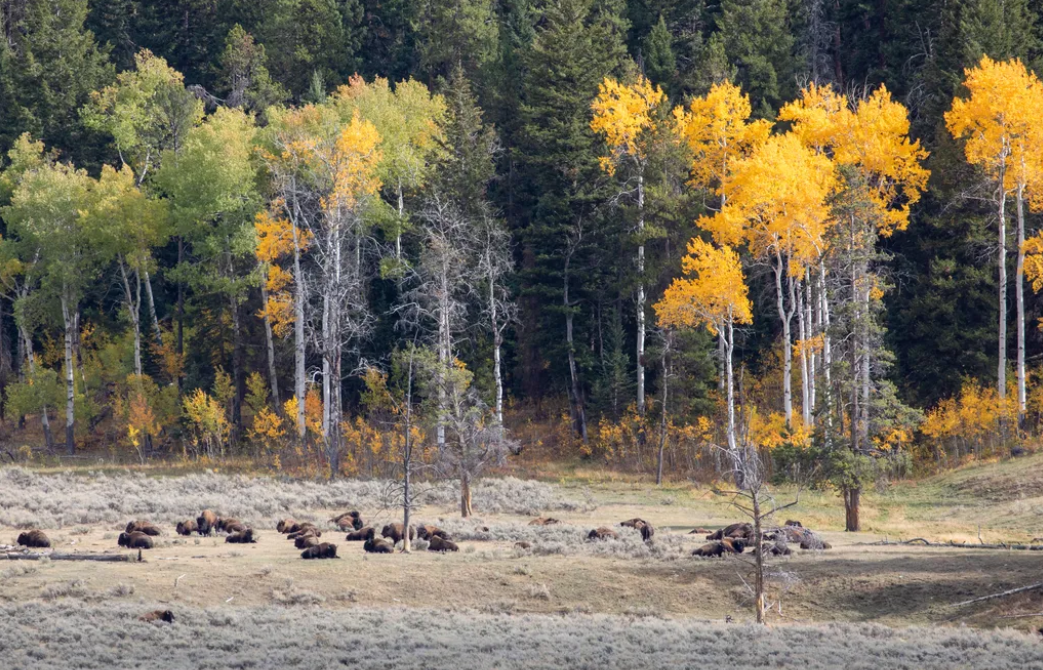

 Photographer Finds Locations Of 1960s Postcards To See How They Look Today, And The Difference Is Unbelievable
Photographer Finds Locations Of 1960s Postcards To See How They Look Today, And The Difference Is Unbelievable  Hij zet 3 IKEA kastjes tegen elkaar aan en maakt dit voor zijn vrouw…Wat een gaaf resultaat!!
Hij zet 3 IKEA kastjes tegen elkaar aan en maakt dit voor zijn vrouw…Wat een gaaf resultaat!!  Scientists Discover 512-Year-Old Shark, Which Would Be The Oldest Living Vertebrate On The Planet
Scientists Discover 512-Year-Old Shark, Which Would Be The Oldest Living Vertebrate On The Planet  Hus til salg er kun 22 kvadratmeter – men vent til du ser det indvendigt
Hus til salg er kun 22 kvadratmeter – men vent til du ser det indvendigt  Superknepet – så blir snuskiga ugnsformen som ny igen!
Superknepet – så blir snuskiga ugnsformen som ny igen!  Meteorite That Recently Fell in Somalia Turns Out to Contain Two Minerals Never Before Seen on Earth
Meteorite That Recently Fell in Somalia Turns Out to Contain Two Minerals Never Before Seen on Earth  Nearly Frozen Waves Captured On Camera By Nantucket Photographer
Nearly Frozen Waves Captured On Camera By Nantucket Photographer  It’s Official: Astronomers Have Discovered another Earth
It’s Official: Astronomers Have Discovered another Earth 